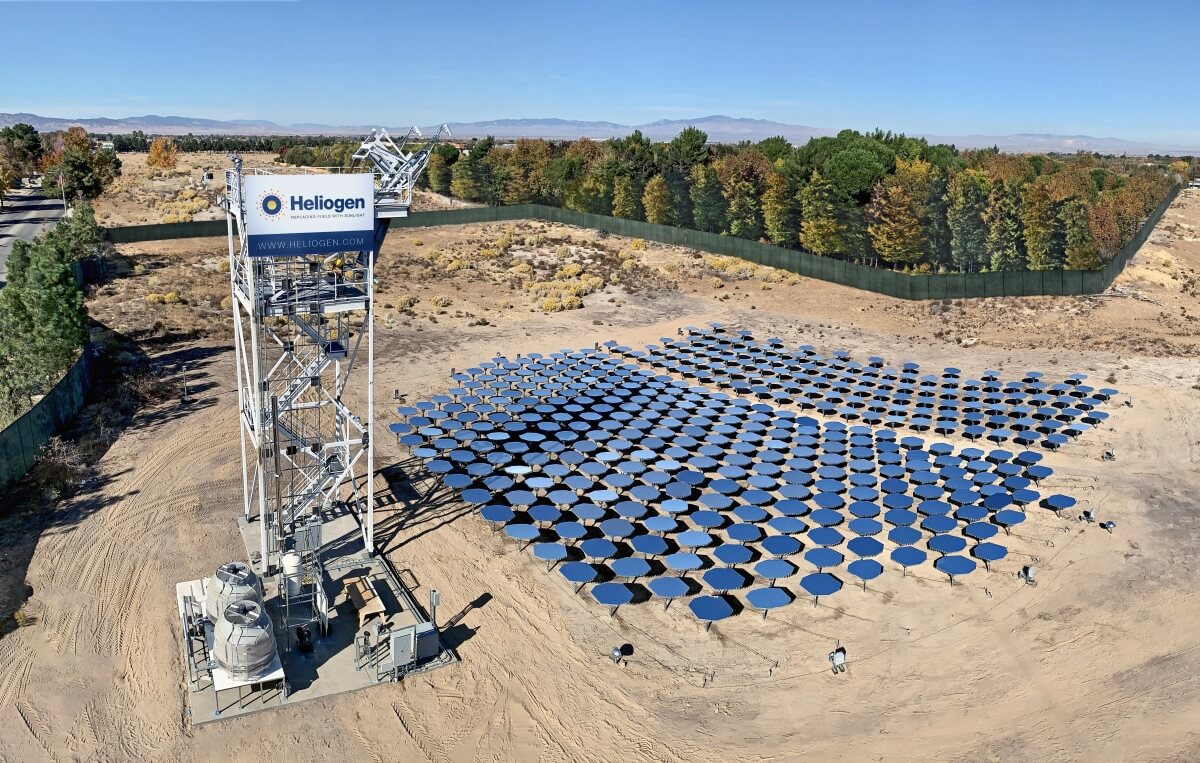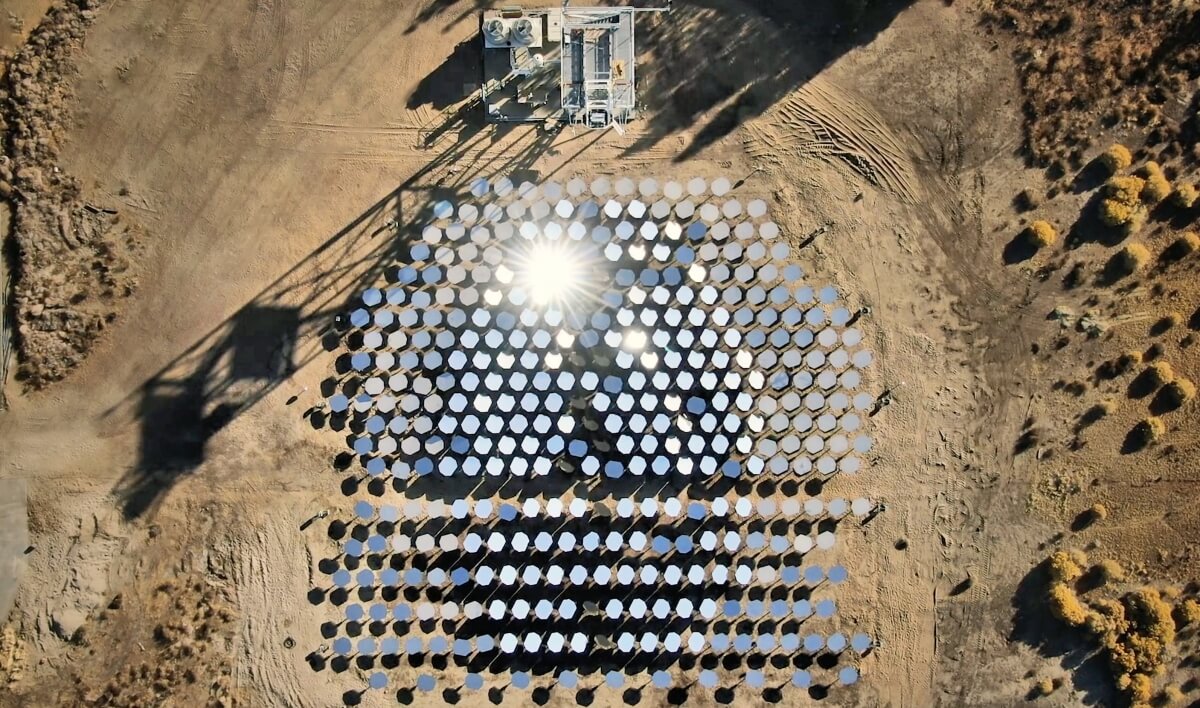Something to look forward to: Clean energy company Heliogen has developed a technique for creating concentrated solar energy that could be used to replace fossil fuels in key industrial processes. Its secret? Advanced computer vision that helps to hyper-accurately align mirrors.

Up to this point, commercial concentrating solar thermal systems have only been able to reach temperatures of up to 565 degrees Celsius. While handy, it’s not nearly hot enough for use in many industrial processes.
By using advanced computer vision software to accurately align a large array of mirrors to reflect sunlight onto a single target, Heliogen was able to hit temperatures exceeding 1,000 degrees Celsius. That’s warm enough to effectively replace the use of fossil fuels in the creation of things like steel, cement and petrochemicals and could drastically reduce global greenhouse gas emissions.

Heliogen founder and CEO Bill Gross said we’ve made great strides in deploying clean energy for electrical systems but notes that electricity only accounts for less than a quarter of global energy demand. “Heliogen represents a technological leap forward in addressing the other 75 percent of energy demand: the use of fossil fuels for industrial processes and transportation,” he added.
The startup has attracted the support of philanthropist Bill Gates.
“I’m pleased to have been an early backer of Bill Gross’s novel solar concentration technology,” Gates said. “Its capacity to achieve the high temperatures required for these processes is a promising development in the quest to one day replace fossil fuel.”
Heliogen’s roadmap outlines future processes that could bring the temperature up to 1,500 degrees Celsius which is hot enough to perform CO2 splitting and water splitting in the production of 100 percent fossil-free fuels like hydrogen and syngas.